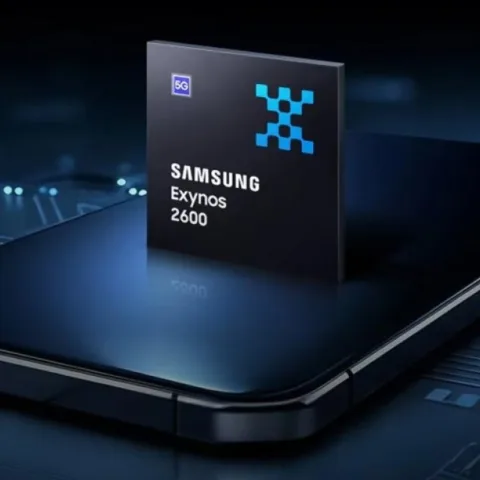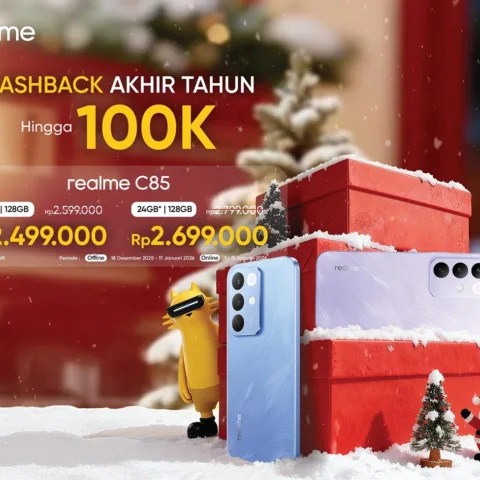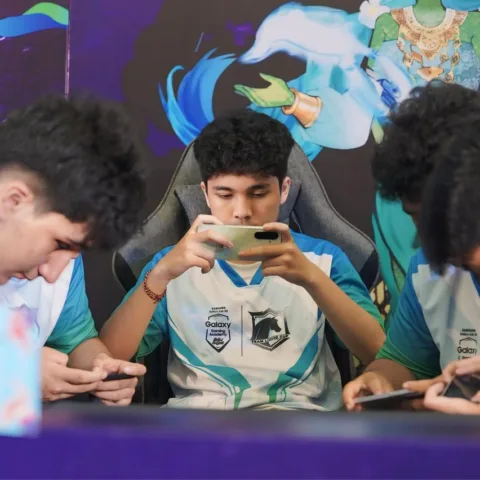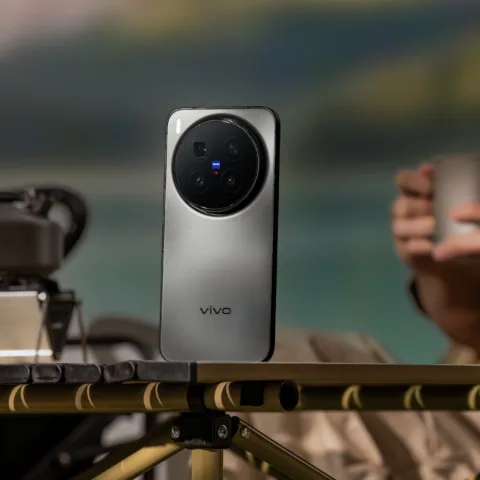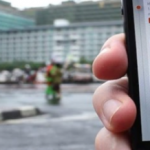Should local startups aim high and try to hit the overseas market or should they stick to the local scene and serve the local consumers? The answer clearly depends on the product and the resources available to the founders but it’s something worth thinking about. The majority of Indonesia’s tech startups are aiming at the local market. Nationalist sentiment is very high in the country and most startup founders aren’t interested in tackling the international market for various reasons.
One startup that is looking to find success overseas is Harpoen. Harpoen was founded by a pair of Americans who have spent several years in Indonesia and are looking to bring a different take on location based services. If you’re not familiar with Harpoen, we’ve written a bit about it.
Harpoen’s founders have been advised by a number of US investors and contacts to try their luck in the US. Given that the Indonesian scene is rather slow in picking it up, they think that it’s worth giving a US launch a shot considering the difference in consumer behavior and the nature of the app, so right now they are trekking across the US looking for an opportunity to make a bigger splash, ahead of its upcoming Android version.
The market for an app like Harpoen is universal, It’s not bound to a specific region and its use can be adopted easily anywhere. Having a significant coverage overseas or even further input from more experienced industry players might help the team to discover better ways to refine its app.
If it makes it big overseas, there’s a good chance that local sign ups will rise, like the movie The Raid, which picked up various kinds of accolades overseas and created a serious marketing hype across the world.
Of course, it’s entirely possible that The Raid could have succeeded locally regardless but we’ll never know because it didn’t happen that way. The Raid however, delivered a ridiculously fast paced high impact action scenes unlike many action movies that came before it and attracted positive reactions from action fans around the world. In other words, it had a very strong content that resonated with viewers from a diverse background.
Does Harpoen provide a strong content? Does it resonate with its intended audience? At this moment, it’s not there yet, but having a dashboard interface for publishers and brands could provide Harpoen with what it desperately needs, content. Content may come from regular members or it could come from sponsors, advertisers, and partners. It needs these content from various sources for new members to know what they’re supposed to do on Harpoen.
When Twitter first came out, few people got it. Tweets were as mundane as they get and only tech-savvy people saw the potential of the service and how it could be fun to use. Those who signed up to Twitter often would have no clue what to do being faced with what is essentially an empty page but those who already had friends using it understood it a lot faster and were more inclined to keep using the service.
Eventually Twitter added suggested users to follow so when new members sign up they are no longer faced with a blank Twitter page but a stream of updates from the accounts they chose to follow during the registration process.
With only an iPhone app in a small iPhone market, the chances for Harpoen to shine isn’t great, but in a market as large as the United States, it may have a better chance of catching on as long as the app has enough reasons for people to stay within the app and keep using it for the first few weeks. Who knows, if it catches on in the US, word may spread back to Indonesia and more people here will use it.


